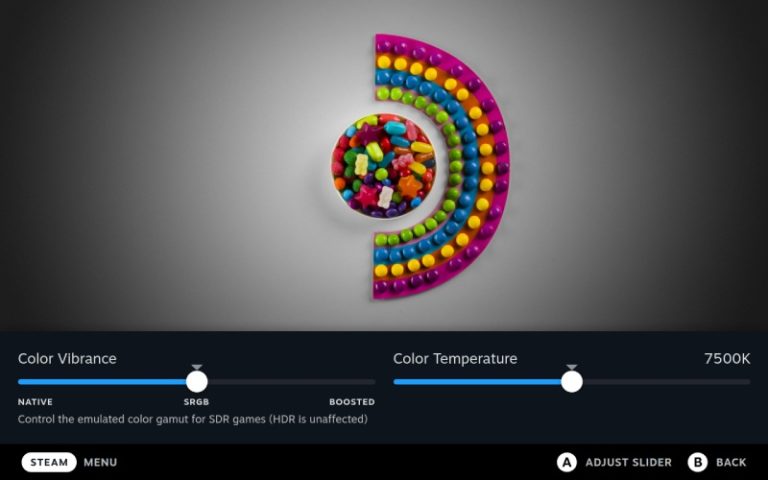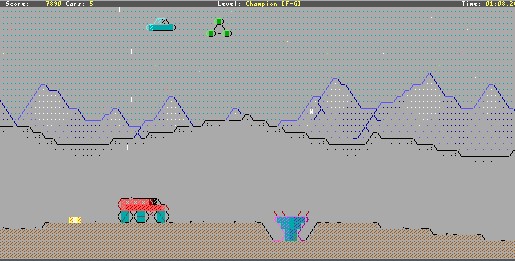9 Strange Gaming Consoles
There are gaming consoles, and then there are strange gaming consoles. While most gamers are content with the likes of Xboxes and PlayStations, others seek out more obscure and bizarre systems to play on. Here are 9 of the strangest gaming consoles ever made.
Table of Contents
The Nintendo Virtual Boy
The Oculus Rift and HTC Vive are two of the most popular virtual reality headsets on the market. They offer an immersive gaming experience that is unmatched by any other console. However, they are not the 1st VR headsets.
Released in 1995, the Virtual Boy was Nintendo’s first and only foray into 3D gaming. However, the console was a commercial failure, due in large part to its poor graphics and the fact that it caused headaches and eye strain after just a few minutes of play.
The Philips CD-i
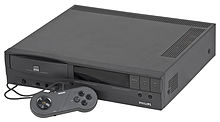
The CD-i, which stands for “Compact Disc-Interactive,” was a console released by Philips in 1991 that was capable of playing both video games and CDs. However, due to its $799 price tag and lack of quality games, the console was a flop. One of the most infamous games released for the system was Hotel Mario.
Hotel Mario was developed by Fantasy Factory and published in 1994 for the Philips CD-i. The game is widely considered to be one of the worst games ever made.
Pioneer LaserActive
LaserDisc was a disc-based format for storing video that was first released in 1978. It was popular in the early 80s but was eventually replaced by VHS and DVD.
Despite its short lifespan, LaserDisc had a number of features that set it apart from other video formats. For one, it offered superior picture quality and sound to both VHS and DVD. Additionally, LaserDiscs could be interactive, meaning they could contain games and other multimedia content.
The first LD console is Pioneer LaserActive, launched in 1993. The console was unique in that it could play LaserDiscs, LD-G discs (containing additional games and multimedia), and regular CDs.
With advanced technology that enabled it to capture and display images with stunning clarity, the LD-based system quickly became the gold standard for home gaming. Despite its obvious advantages, however, the LaserActive suffered from one major drawback: a sky-high price tag that made it prohibitively expensive for most consumers. The high cost of this game console was not due to greed or excess on the part of its makers; rather, it was simply due to the fact that LD-related devices, including consoles and game titles stored on LD discs, were incredibly costly to produce.
N-Gage
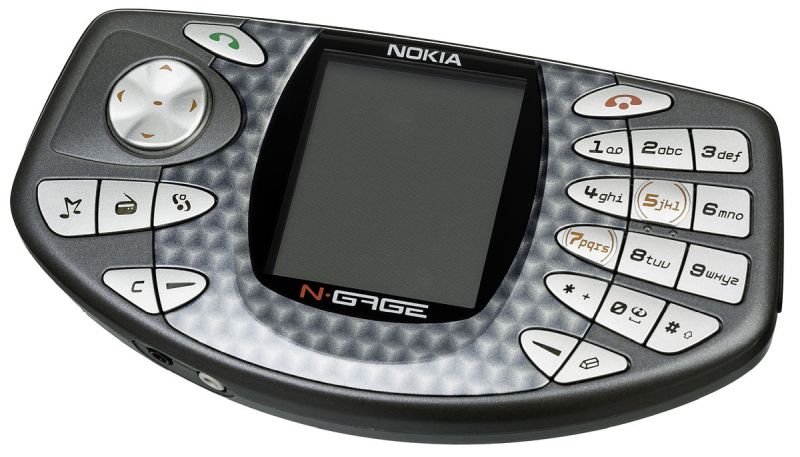
Released by Nokia in 2003, the N-Gage was a handheld gaming system that also doubled as a cellphone. While it had a few innovative features, like Bluetooth connectivity and the ability to play multiplayer games over an internet connection, the console ultimately failed due to poor design and a lack of quality game titles.
Despite its expensive price and limited functionality, some gamers continue to hold out hope for a resurgence of the N-Gage platform. However, given its lackluster performance during its initial release more than 10 years ago, it seems unlikely that this oddball console will make much of an impact in today’s gaming landscape.
The idea was innovative at the time, allowing gamers to play multiplayer games against each other using their cellphones. However, the N-Gage was ultimately unsuccessful due to its poor design and lack of quality games.
Sega Genesis Nomad

The Sega Genesis Nomad was a handheld console that could play both cartridge-based games and CDs. Released in 1995, the console was a commercial failure due to its high price tag and lack of battery life.
While the Nomad had some novel features, like a built-in screen and the ability to play both cartridge-based games and CDs, it was ultimately too expensive and lacked the necessary battery life to be successful.
Apple Pippin
People know about Apple’s iPhone and iPad, but few remember the company’s ill-fated attempt at entering the video game console market with the Pippin.
The Pippin was a game console released by Apple in 1996. The console was based on the Macintosh platform and ran a modified version of the Mac OS. It was intended to be a multimedia device that could play games, CDs, and DVDs. However, due to its expensive price of $599, the Pippin was a commercial failure.
Action Max
Released by Worlds of Wonder in 1987, the Action Max was a unique game console that utilized light gun technology to play arcade-style games. The system could also connect with external devices, such as a cassette deck or VCR, for expanded functionality.
While the Action Max had some interesting features and futuristic capabilities, it ultimately failed due to its strange way of handling games. Its inability to compete with other game consoles at the time led to its demise.
SouljaGame Console
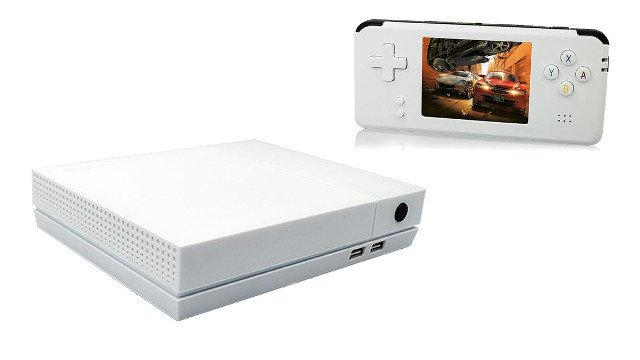
When Soulja Boy unveiled his brand-new game console, SouljaGame, the gaming community was instantly buzzing with excitement and intrigue. With its sleek design, retro styling, and an impressive lineup of classic games, the SouljaGame promised to be everything gamers had long been waiting for.
But as the critics began to look more closely at this intriguing new console, they found something unsettling: it was clear that many of the games on offer were not legally obtained. Instead, they appeared to be pirated or ripped off from other consoles.
Despite these revelations, however, SouljaBoy insisted that everything he was doing with the SouljaGame was legitimate. Ultimately, however, this short-lived and controversial console will go down in history as one of gaming’s most baffling failures.
The Fairchild Channel F
The Fairchild Channel F is the first programmable home video game console. It was released in 1976 by Fairchild Semiconductor. The Channel F was similar to the Atari 2600, as it was ROM cartridge-based. However, it was the first video game console to support independent video game storage. This allowed users to buy and store multiple games on a single cartridge.
The Channel F was also the first home video game console to come out after the original Atari console. It was a major improvement over these early consoles, as it allowed users to play a variety of different games. The success of Channel F led to a number of other programmable home video game consoles being released in the late 1970s and early 1980s, such as the Atari 2600 and the Intellivision. However, the Fairchild Channel F remains an important milestone in the history of video gaming.
